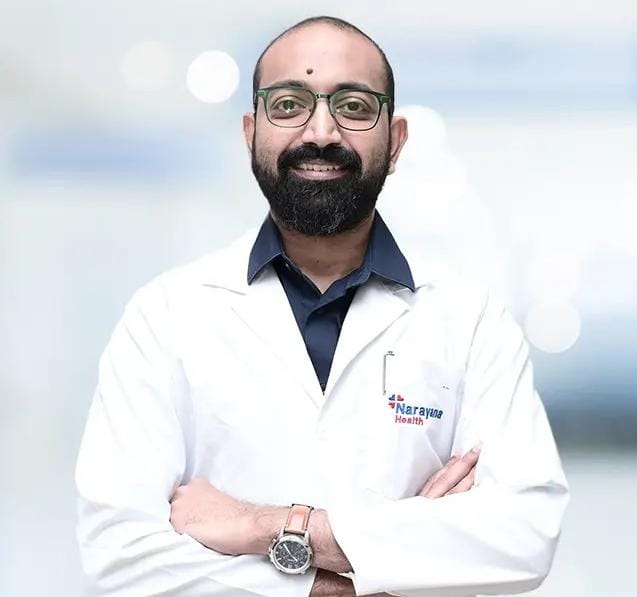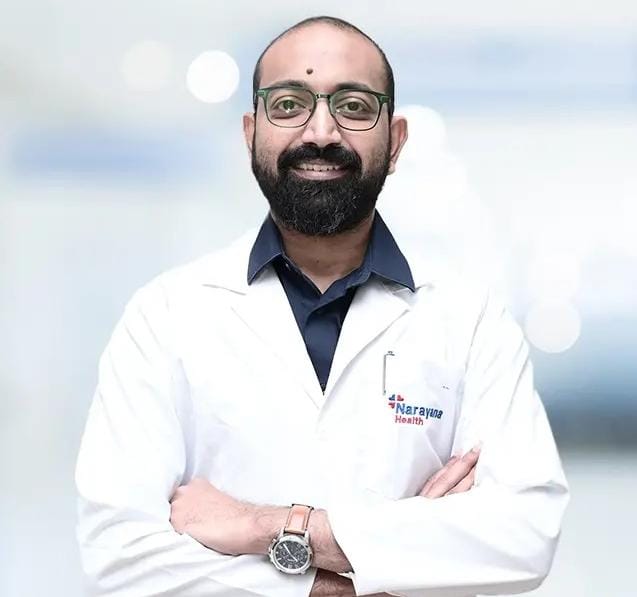
A Rising Stroke Threat Among the Young Workforce…
By Dr. Kaushik Sundar, Consultant – Neurology & Interventional Neurology & Clinical Lead – Comprehensive Stroke Care, Narayana Health Kolkata,
Mukundapur | Howrah
Once regarded as a condition that strikes only in the twilight years, stroke is increasingly affecting younger people. Across India and the world, more individuals in their 30s, 40s and early 50s are being diagnosed with sudden and disabling strokes, often in the prime of their working lives. This shift serves as a wake-up call that stroke is not bound by age, and vigilance is essential for everyone.

The issue recently drew attention when Bollywood actor Salman Khan revealed he has been diagnosed with a brain aneurysm and an arteriovenous malformation- blood vessel abnormalities in the brain that can increase the risk of a vascular event. While not every aneurysm leads to stroke, the news amplified public awareness that serious neurological conditions can impact even those who appear fit and energetic. Alongside cancer and heart disease, stroke remains a leading cause of death globally and is the second most common cause of mortality after cardiac arrest.
What makes stroke particularly alarming is its suddenness. A person may appear completely fine one moment and become critically ill the next. Yet, despite the high stakes, stroke remains largely preventable. And when it does occur, rapid treatment can be lifesaving and disability-preventing.
The Warning Signs and Why Younger Adults Must Pay Attention
The symptoms of stroke typically begin abruptly and should never be ignored. Some of the most common symptoms appear suddenly: weakness or numbness of the face, arm or leg especially on one side; difficulty speaking or understanding speech; blurred or lost vision; trouble walking, dizziness or imbalance; or an abrupt and severe headache with no obvious cause. When any of these signs appear, even for a short moment, emergency medical attention is crucial. The faster the treatment begins, the greater the chances of recovery because every minute without blood supply to the brain leads to permanent loss of brain cells.
Younger individuals are facing more stroke risks today due to lifestyle-driven factors such as high blood pressure, diabetes, obesity, smoking, excessive stress, late-night work schedules and long hours of sitting. Genetics and certain heart or blood vessel disorders may also increase vulnerability. The positive news is that stroke is largely preventable. By controlling blood pressure, eating a balanced diet, exercising regularly, avoiding tobacco, reducing alcohol intake and undergoing routine check-ups, one can significantly lower the risk.
If someone is unsure about their personal risk, the best step is to speak with a healthcare professional. Stroke is preventable, treatable and beatable but only if we act before it strikes.
